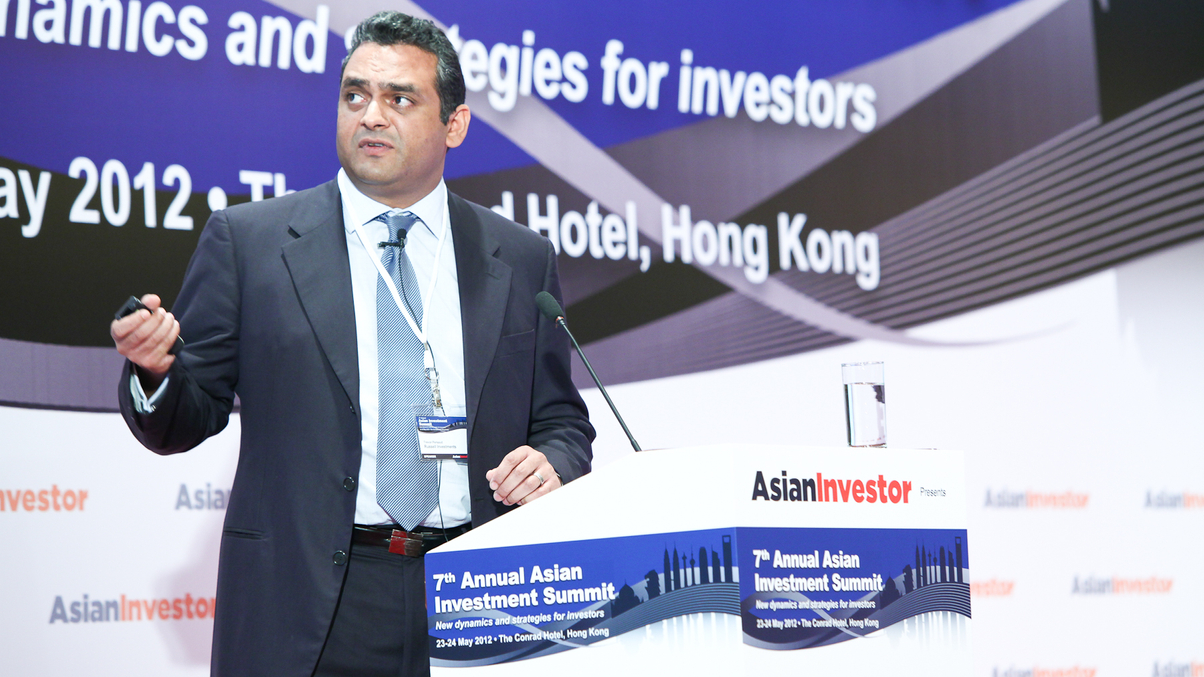Do asset owners really know what they own?
Institutional investors have insufficient knowledge of aggregate positions across managers, and in some cases need to neutralise their bets.

Asset owners need to learn how to take ownership of their assets, by monitoring and in certain cases neutralising some of the bets of their managers to take a total aggregate portfolio view.
Sign in to read on!
Registered users get 2 free articles in 30 days.
Subscribers have full unlimited access to AsianInvestor
Not signed up? New users get 2 free articles per month, plus a 7-day unlimited free trial.
¬ Haymarket Media Limited. All rights reserved.


